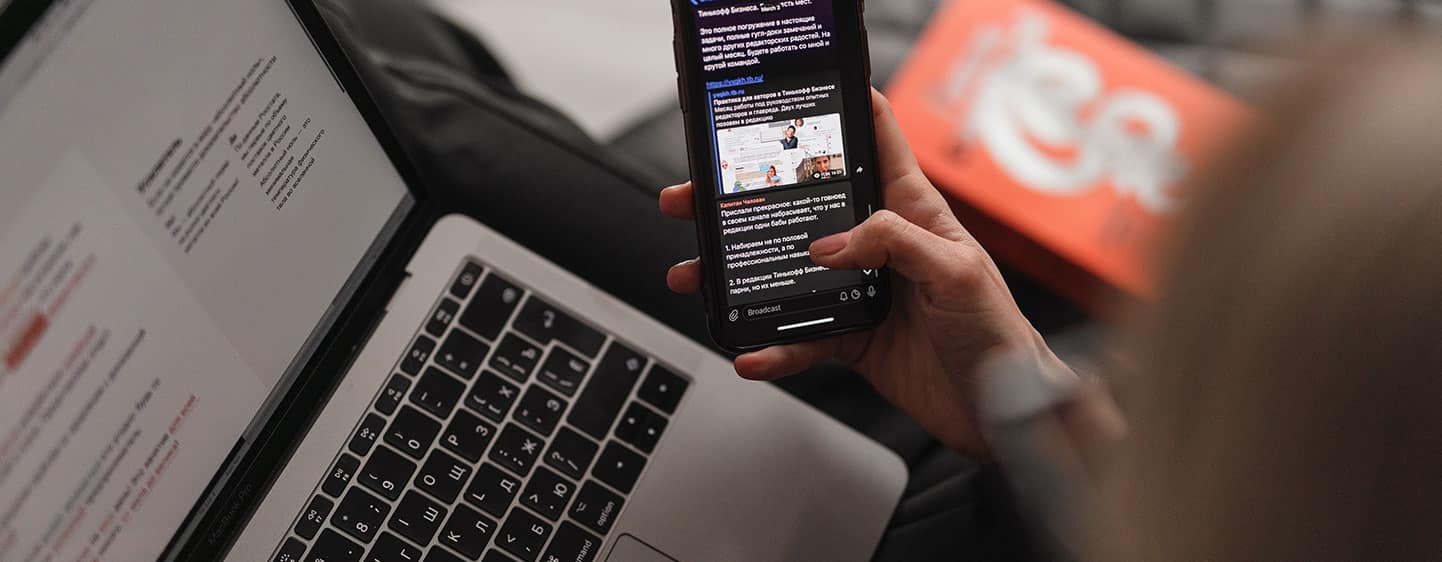Instantly exhausted by the sight of your email inbox? Feeling hounded by notifications? Losing the battle against a rising tide of spam? You are not alone!
Emails are fast, convenient, and versatile, helping many workplaces to stay connected during the pandemic. However, research suggests that people who experience a high volume of emails are more likely to reach email overload dealing with cluttered inboxes, overdue tasks, and long conversational threads.
So how do we make the most of emailing without getting to the point of overload? Read on for some handy tips to help you maximise your email wellbeing.
Decluttering the inbox – taking steps towards organisation
It is safe to say that even the most organised people sometimes find themselves faced with an uncomfortably cluttered inbox. Whether you are coming back to work after a holiday, or are experiencing a period of high demand, tackling email backlog can feel like an insurmountable task. But don’t despair! Researchers from Pace University, New York surveyed people who used email for work or study and were able to isolate some key strategies/tips, including:
- Use folders to organise your emails by categories such as topic or priority.
- Delete obsolete or irrelevant emails as soon as possible.
- Set yourself a regular time to manage your inbox instead of letting your emails pile up.
- Avoid belonging to mailing lists for content that you do not read.
- Give yourself a daily quota for email management and rewarding yourself for successfully completing this (e.g. buying yourself a coffee if you sort through 10 emails at the start of your work day).
Email during non-work hours – setting availability expectations
Workplace smartphones and other improving technologies are making it increasingly possible to access your work emails on-the-go. This change in email availability, while handy for staying connected, may have some not-so-pleasant side-effects on employees’ wellbeing. People who feel that they have to respond to colleague’s work messages outside of work hours report higher levels of physiological distress, emotional exhaustion, and physical health symptoms.
Strategy: Set clear expectations around your work hours and stick to them. For example, here at Umbrella we all have our working days and hours in our email signature to signal when we are likely to respond and when we are not. Using a strategy like this would help others to know when you are available, while allowing you to relax and put down the work-phone during your off-time.
Emails as distractions – carving out time for priority work
We’ve all had the experience of getting happily stuck into a piece of work only to be distracted by an untimely email notification. What may seem to be a minor annoyance that can be dealt with in a couple of minutes may actually take up more time and energy than you think. Research suggests that it can take up to 64 seconds to re-focus after a distraction, and when the average office worker is receiving 121 emails per day, those minor distractions can really start to add up. What’s more, it only takes 20 minutes of working with interruptions for people to experience increased pressure, stress, effort, and frustration.
Strategy: When busy, set time aside to work without distractions, turn off your notifications, and give others a heads up that this is what you’re doing. For example, it is common practice here at Umbrella for us to put our “out of office” auto-reply on when we are tackling meaty pieces of work that require brain space and focus. A simple auto-reply message like “I’m working on XX project today so I’m not checking emails and won’t respond until tomorrow. Text or call if it’s urgent” may be the small change that saves you during crunch-time.
Email alternatives – engage in non-text based conversations
Replacing emails with face-to-face or other non-text based communication, when possible, is a great way to sidestep unnecessary email chains and may also help you to build closer connections with your colleagues.
Voice-based interactions (such as phone, video chat, and voice chat) have been found to create stronger social bonds and, perhaps surprisingly, no increase in awkwardness, when compared with text-based interactions (such as email or instant messaging). What’s more, a recent study found that requests made face-to-face were 34 times more successful than those made via email, making this a great option for those times when engagement is crucial.
Find the right strategy for you
Research suggests that everyone’s personal approach to email management is likely to differ based on the type of work they do and other pressures in their life. So if you find that you are struggling with your emails, we encourage you to try out some of the tips and tricks listed above, and not to be afraid to adapt these to fit with your way of working.



